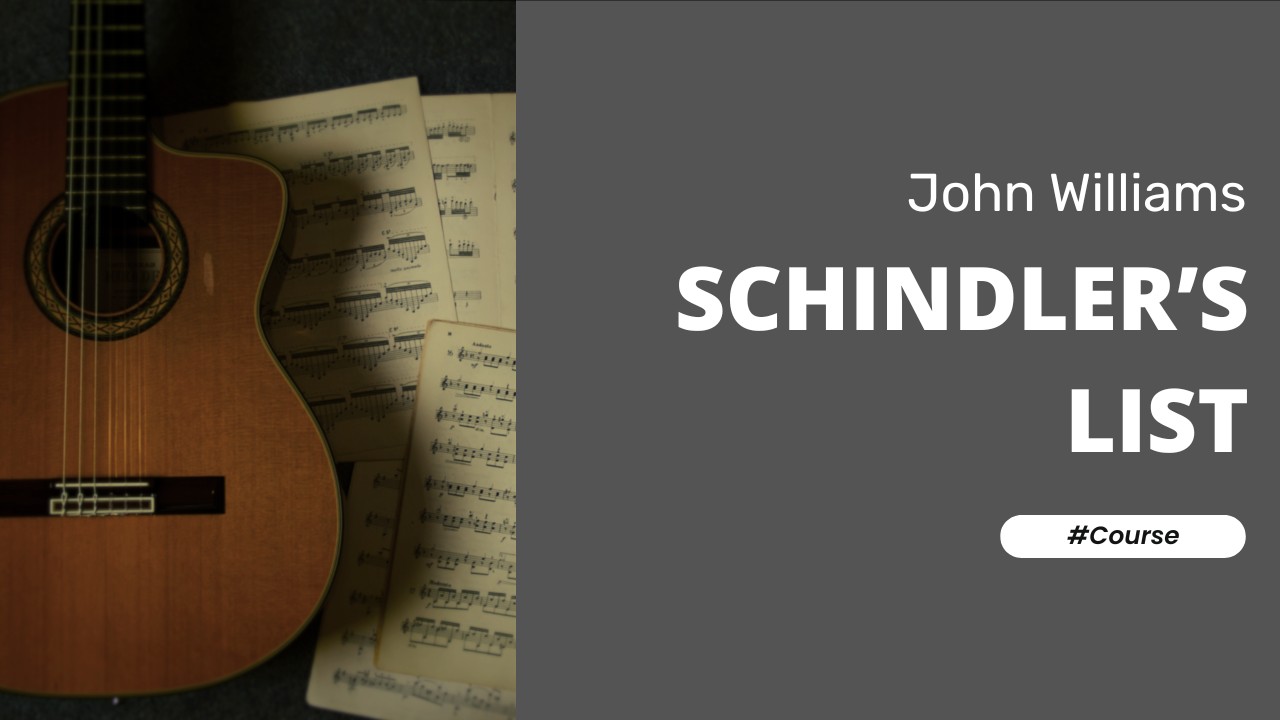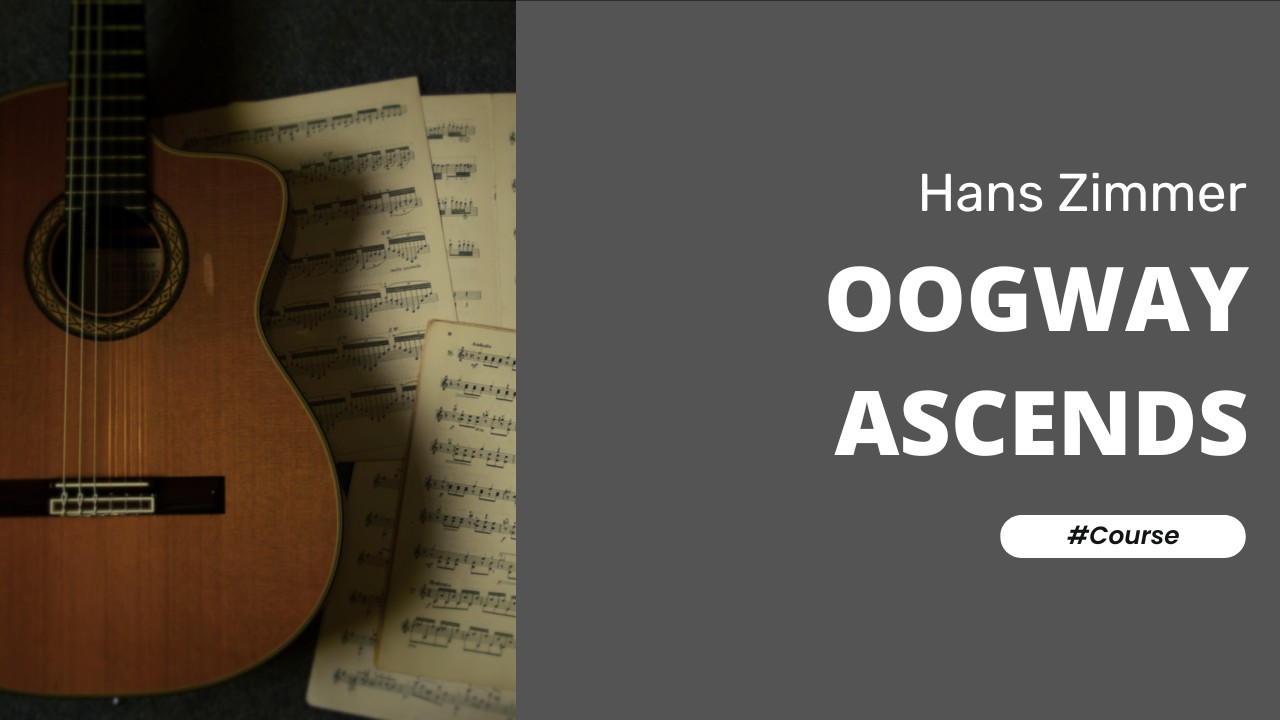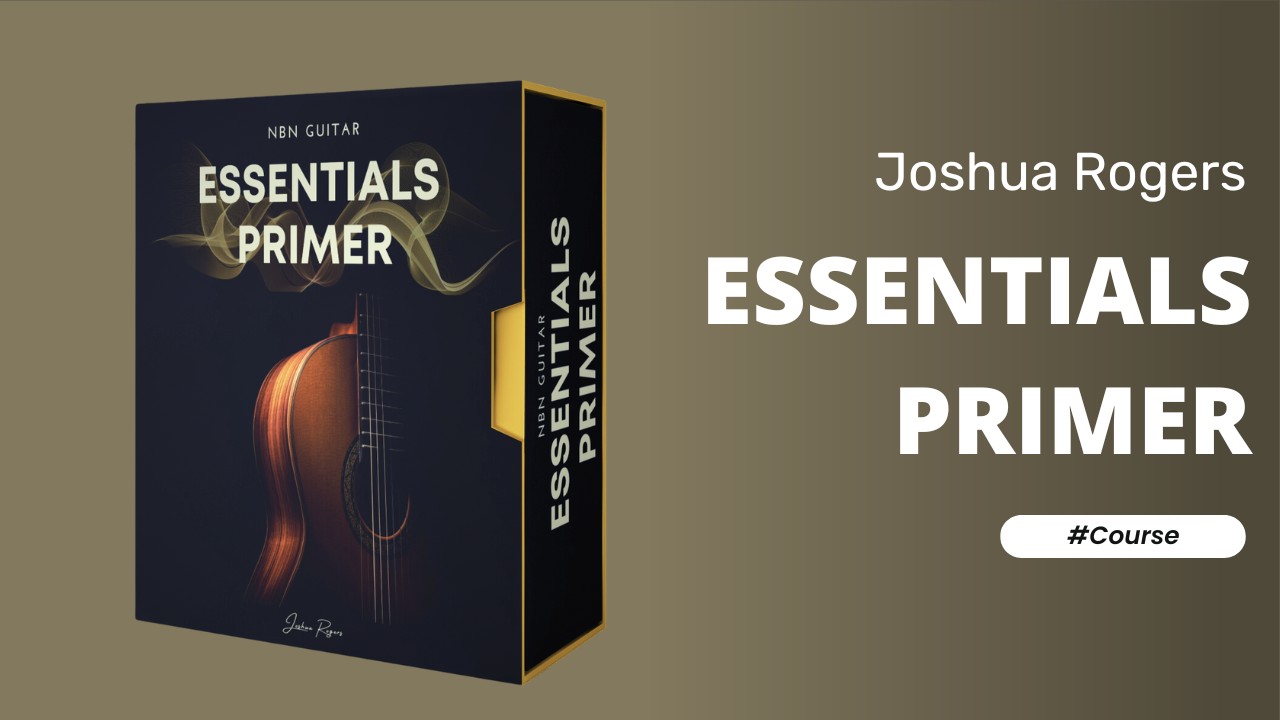120 Fingerstyle Exercises for the Picking Hand by Mauro Giuliani
Introduction
The picking hand is the hand that often (but not always) tends to signal to others what style of music you play and what you are capable of playing. As a general rule, the majority of players that play exclusively with a pick cannot pick or play with their fingers. Some may have developed hybrid picking which is a combination of fingers and a pick. Great hybrid pickers that come to mind are Mateus Asato & Zac Wylde.
I think there are a couple of main reasons that guitarists tend to favour a pick over fingers:
- Picks are very common and are often perceived as the only way to play
- Learning to use all of the fingers in such a controlled and intricate way seems far more challenging
When I started playing I wasn’t even aware that there were two camps – pick players & fingerstyle players (classical & flamenco can be included). I just played whatever my teacher taught me. If he said to use my fingers I used my fingers, and if he said use a pick I used a pick. In this sense, I am part of a somewhat rare group of players that is equally at home playing with my fingers or a pick, and I can certainly see (and hear) the pros and cons of each.
I will go out on a limb here and say that there isn’t anything an accomplished fingerpicker cannot do on the guitar, whereas the same cannot be said for a pick player. There are some things that a player with a pick simply cannot do. As a matter of fact there are certain things fingerpickers can do with relative ease that are monstrously difficult if you’re restricted to just using a pick. Sequential arpeggios is one such example.
What are the 120 studies exactly?
These studies were written by Giuliani to aid the development of the picking hand using a wide variety of related yet distinct picking patterns using all of the picking hand fingers except for the little finger. They start out fairly easy and gradually increase in difficulty.
The studies use only two chords (C and G7) and a few inversions of those chords, however you can substitute virtually any chord for an increased challenge (or just to alleviate boredom), or you simply play open strings if your fingering hand is getting tired or struggling.
What is the outcome if I learn all 120?
If you learn all 120 (something very few guitarists ever do) you will have:
- a picking hand that is capable of playing virtually any arpeggio on the guitar
- an extremely balanced and versatile technique
- an understanding of tone and volume production
- great control over all of your fingers
- a distinct advantage when it comes to playing fingerstyle and classical guitar music
Let your fingers fly!
Josh
About this Course
Introduction
The picking hand is the hand that often (but not always) tends to signal to others what style of music you play and what you are capable of playing. As a general rule, the majority of players that play exclusively with a pick cannot pick or play with their fingers. Some may have developed hybrid picking which is a combination of fingers and a pick. Great hybrid pickers that come to mind are Mateus Asato & Zac Wylde.
I think there are a couple of main reasons that guitarists tend to favour a pick over fingers:
- Picks are very common and are often perceived as the only way to play
- Learning to use all of the fingers in such a controlled and intricate way seems far more challenging
When I started playing I wasn’t even aware that there were two camps – pick players & fingerstyle players (classical & flamenco can be included). I just played whatever my teacher taught me. If he said to use my fingers I used my fingers, and if he said use a pick I used a pick. In this sense, I am part of a somewhat rare group of players that is equally at home playing with my fingers or a pick, and I can certainly see (and hear) the pros and cons of each.
I will go out on a limb here and say that there isn’t anything an accomplished fingerpicker cannot do on the guitar, whereas the same cannot be said for a pick player. There are some things that a player with a pick simply cannot do. As a matter of fact there are certain things fingerpickers can do with relative ease that are monstrously difficult if you’re restricted to just using a pick. Sequential arpeggios is one such example.
What are the 120 studies exactly?
These studies were written by Giuliani to aid the development of the picking hand using a wide variety of related yet distinct picking patterns using all of the picking hand fingers except for the little finger. They start out fairly easy and gradually increase in difficulty.
The studies use only two chords (C and G7) and a few inversions of those chords, however you can substitute virtually any chord for an increased challenge (or just to alleviate boredom), or you simply play open strings if your fingering hand is getting tired or struggling.
What is the outcome if I learn all 120?
If you learn all 120 (something very few guitarists ever do) you will have:
- a picking hand that is capable of playing virtually any arpeggio on the guitar
- an extremely balanced and versatile technique
- an understanding of tone and volume production
- great control over all of your fingers
- a distinct advantage when it comes to playing fingerstyle and classical guitar music
Let your fingers fly!
Josh




